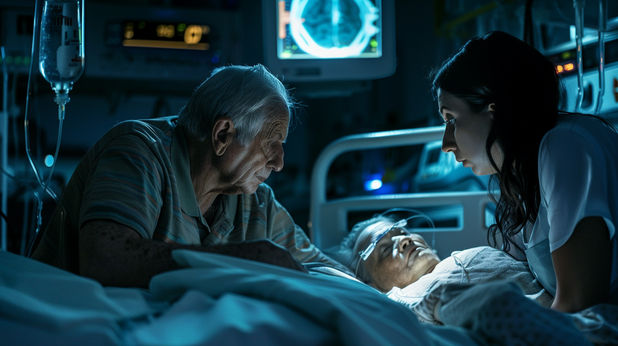You’ve probably seen advertisements for minimally-invasive surgery, laparoscopic surgery, or robotic surgery. Surgeons often describe the benefits of these procedures to include leaving fewer scars, being less invasive, having a faster recovery time, and reducing postoperative pain.
Laparoscopic techniques are recommended and preferred by most surgeons for a variety of surgeries including weight loss/bariatric procedures, gallbladder removal (cholecystectomy), abdominal hernia repairs, appendix removal (appendectomy), and even female sterilization.
From my experience as a Houston, Texas medical malpractice attorney, I believe that some surgeons leave out the risks when discussing these modern techniques.
Medical researchers and surgeons know that one of the most significant risks of laparoscopic surgical techniques is at the very beginning of the surgery. To understand why, think about how a traditional open surgery is done. These procedures start when a surgeon makes an incision and is able to see the operative site.
With minimally-invasive surgery, though, the surgeon begins with a blind entry that can cause damage to a blood vessel or vital organ. This is particularly true for patients who have had a previous surgery in the same area.
So, you might be wondering what I mean by a blind entry. The major idea behind laparoscopic surgery is to access the peritoneum and then blow carbon dioxide into the space (insufflation) to separate the abdominal wall from the vital organs. Surgeons call this pneumoperitoneum, and it’s used to create the operative field.
To gain access to that area, surgeon start by making small incisions in the skin to insert one of two medical devices, either a Veress needle or a trocar. Once the carbon dioxide insufflation is successful, the surgeon can proceed with inserting the remaining equipment and completing the procedure.
Medical research has shown that the initial insertion of the trocar is probably the most risky and dangerous step in minimally-invasive surgery. The reason for this is that the surgeon is inserting the trocar with a blind entry, meaning there is the potential to damage a blood vessel, cause a bleed, or injure a vital organ.
About half of all trocar-related injuries during laparoscopic surgery are to either the bowel or a blood vessel.
When the bowel is perforated, contaminated contents leak into the abdominal cavity. If that’s not promptly diagnosed, repaired, and treated, it can lead to infection, sepsis, and even death. Surgeons don’t notice and, therefore, don’t diagnose and treat around 30-50% of bowel injuries at the time of the injury.
When there’s a vascular injury, or damage to a blood vessel, surgeons don’t recognize, diagnose, and treat the complication 15-50% of the time. Depending on the blood vessel that’s damaged and the severity of the bleed, a vascular injury can be life-threatening.
When there is an injury to the bowel, another vital organ, or blood vessel, it’s difficult for a patient to prove that there was negligence involving trocar placement. Rather, in my experience, the focus is on whether the surgeon met the standard of care in thoroughly and diligently examining the operative field for these potential complications.
A delay in diagnosis and treatment can cause severe injuries or even death of the patient.
If you or a loved one has been seriously injured because of poor laparoscopic surgery or follow-up care, then contact a top-rated experienced Houston, Texas medical malpractice lawyer for help in evaluating your potential claim.





